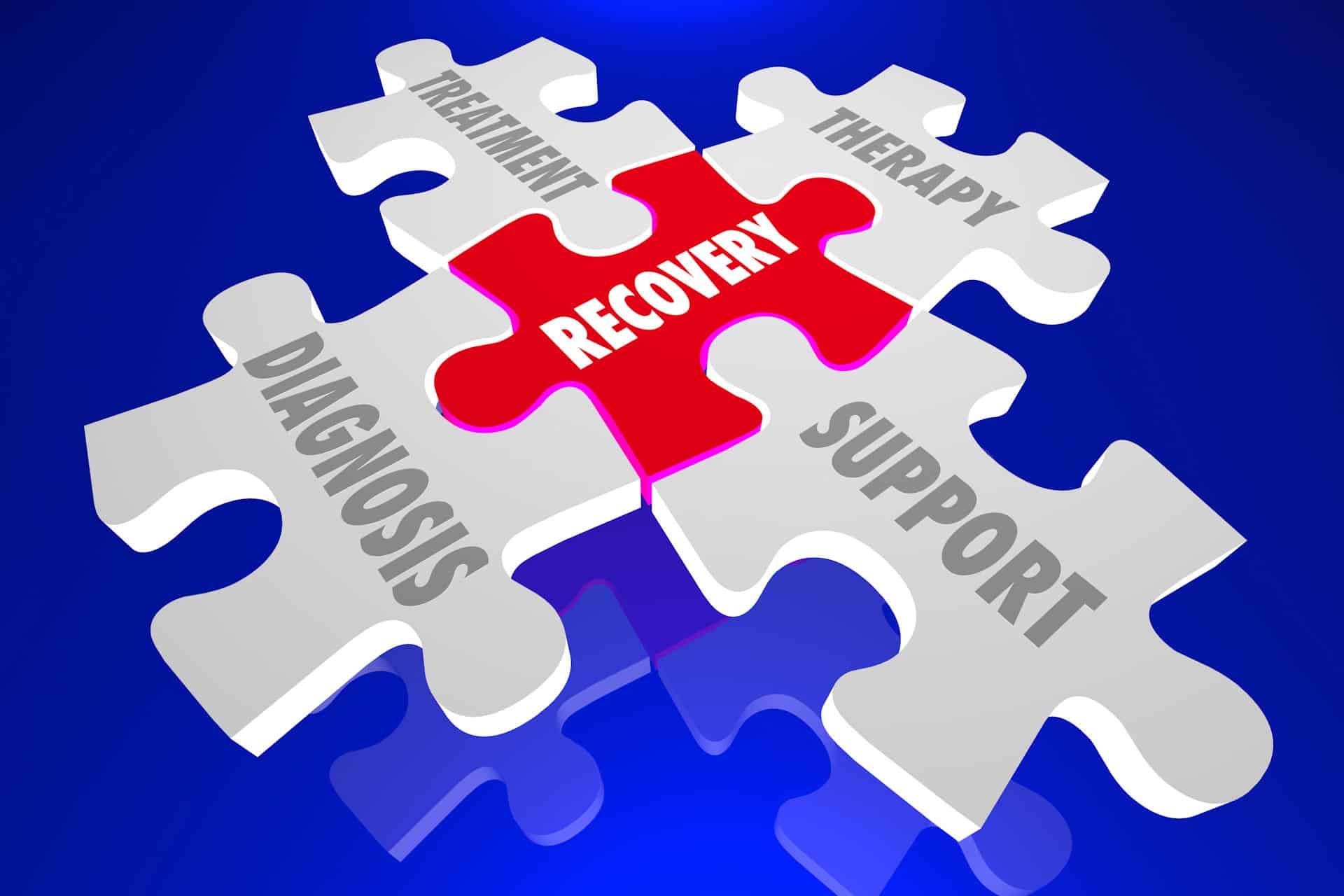Addiction isn’t just a one-size-fits-all mental health disorder. Certain aspects of it affect people in all kinds of different ways. However, there are key indicators that can establish where a person may be in their recovery journey. These are referred to as the stages of addiction.
What are the Stages of Addiction?
Addiction is a complex process that can be broken down into three distinct stages. These include the following:
- Initiation
- Escalation
- Maintenance
The initiation stage of addiction is the first step in a person’s journey toward dependence. It is typically marked by experimentation with substances, such as alcohol or drugs. During this stage, people often experience short-term effects that can seem rewarding and pleasurable. Over time, however, these effects lessen and the individual becomes dependent on continued use or behavior to achieve these feelings.
The initiation stage of addiction can be dangerous, as it is often difficult for an individual to recognize that they are becoming addicted before it is too late. Treatment options should be explored if a person believes they’re in the initiation stage. This should be done as soon as possible to ensure that it doesn’t become something more severe.
The escalation stage of addiction is a period during which an individual’s substance use or addictive behavior increases in frequency and intensity, leading to more serious consequences. This stage often begins with experimentation or recreational use but can quickly progress into chronic abuse and dependence.
During this stage, the user may increase their dosage or find new ways to get high, such as combining drugs or alcohol with other substances. This can lead to a higher risk of overdose and other health complications, especially if the user is engaging in risky behaviors such as driving under the influence or sharing needles. Additionally, dependence on the substance may cause physical withdrawal symptoms when use is stopped or reduced.
The maintenance stage of addiction is the period of time during which an individual has already achieved recovery from their substance use disorder, but still requires ongoing support and treatment to maintain sobriety. During this phase, individuals in recovery must develop a cohesive strategy for avoiding relapse and managing cravings that may arise. This may include attending regular therapy sessions, participating in support groups, and engaging in lifestyle changes that promote overall well-being.
Additionally, it is important to seek out professional help if cravings become unmanageable or if relapse seems imminent. During this stage of recovery, individuals should also strive to be mindful of their emotional health as well as physical health, as both are essential for maintaining long-term sobriety. As individuals progress through this phase, it is important to focus on maintaining a strong network of support to prevent relapse and ensure ongoing success in recovery.
Staying connected with treatment providers and attending aftercare meetings can help provide guidance and accountability as people move toward sustained recovery. Ultimately, the key to achieving lasting sobriety is to establish a lifestyle that fosters an environment of healing and growth, while being mindful of any potential triggers or obstacles that may stand in the way. With the right attitude and support system, individuals can achieve successful long-term recovery.
What is Addiction?

Addiction has a range of physical and psychological characteristics that can manifest in different ways depending on the individual and type of addiction. These may include changes to one’s physical appearance as well as other signs of addiction. One of the most common physical effects of substance abuse is weight loss or gain; this is often a result of changes in appetite and nutrition. In addition, physical signs of addiction can include changes to skin color, body odor, and general outlook.
Psychological characteristics associated with addiction include impaired impulse control, compulsive behavior, altered brain reward system, impaired judgment and decision-making, impaired stress response, and decreased motivation. Impulse control refers to the ability to resist an urge or temptation to achieve a longer-term goal. Compulsive behavior involves repeating patterns of behavior even when they are not rewarding or result in negative consequences.
The brain’s reward system becomes altered due to chronic use of substances, leading to reduced motivation and increased tolerance for further substance use. Judgment and decision-making skills suffer due to substance use, as well as a distorted sense of pleasure or reward associated with the drug. Stress responses become impaired, making it more difficult for an individual to cope with distressing situations.
Signs of Addiction
Signs of addiction can vary from person to person, but some common signs may indicate a problem. These include the following:
- Preoccupation with the substance or activity
- Difficulty controlling use
- Physical tolerance for larger amounts of the substance or activity
- Irritability
- Anxiety
- Restlessness
- Depression
- Avoiding activities or hobbies that are no longer enjoyable
- Continued involvement with substance abuse despite problems it causes
Additionally, individuals who suffer from addiction may experience financial, legal, social, physical, and psychological difficulties due to their habit. If an individual is exhibiting any of these symptoms, seeking help from a medical professional is imperative.
Identifying an Addiction
Identifying an addiction can be difficult, as the signs and symptoms may not always be obvious. However, certain behaviors may indicate an addiction is present. These include the following:
- Increased preoccupation with obtaining or using the substance or activity
- Spending large amounts of time engaging in the activity or recovering from its effects
- Neglecting responsibilities
- Neglecting relationships
- Quitting on hobbies because of the activity or substance
- Persistent use despite harmful consequences
- Withdrawal symptoms when not using
Why is Addiction Destructive to a Person’s Life?
Addiction is highly destructive to a person’s life both psychologically and physically. It can cause serious physical health problems, such as heart disease, liver failure, and lung damage. It can also cause mental health issues like depression and anxiety. Addiction can interfere with relationships, work performance, and overall quality of life. It often leads to financial troubles due to the cost of the addiction or health issues that result from it.
Additionally, addiction can lead to criminal behavior and cause people to lose touch with their sense of morality. Ultimately, addiction has devastating effects on a person’s life; when somebody is struggling with an addiction, it should be addressed as soon as possible.
Is Addiction Genetic or Circumstantial?

Genetic factors can include inherited traits that make someone more susceptible to drug or alcohol use, such as impulsivity and risk-taking behaviors. Psychological issues, such as stress and anxiety, may also contribute to an individual’s risk for addiction. Additionally, people with mental health disorders such as depression, bipolar disorder, and schizophrenia are more likely to develop an addiction. Social factors can also contribute to the development of an addiction. These include having friends or family members who abuse substances.
Finally, a person’s individual choices related to their pattern of use are also important factors that can lead to addiction. This includes risky behaviors such as binge drinking or using multiple substances at once.
All of these factors combine to create an environment where addiction can develop and thrive. Understanding the risk factors for addiction can help individuals plan and take precautions to protect themselves from developing a problem. It can also help friends and family members recognize the signs of addiction in their loved ones and get them the help they need.
How Can I Get Help for Addiction?
There are many resources available to help people overcome addiction. Some of them are offered here at Eagle Creek Ranch Recovery. The first step is to reach out for professional help from a qualified therapist or counselor. They can provide support, guidance, and resources to help someone recover from addiction and develop healthier lifestyle habits.
Additionally, many treatment centers have specialized programs that offer comprehensive approaches to addiction treatment. These programs often include cognitive-behavioral therapy and other evidence-based treatments. These treatments can help someone change the way they think and behave to prevent relapsing into addiction.
Support groups such as Alcoholics Anonymous (AA), Narcotics Anonymous (NA), or Gamblers Anonymous (GA) are also available to provide additional help and support. These groups are filled with people who have successfully beaten their addiction and can offer valuable advice and guidance to other recovering addicts.
Getting Help and Recovery at Eagle Creek Ranch Recovery
Addiction is not the end of your story; the time has never been more paramount to seek treatment. If you or a loved one would like to find out more, you can contact us here.

Clinical Director
Kendall Maloof is the clinical director at Eagle Creek Ranch Recovery. She is a licensed marriage and family therapist and has held multiple leadership roles before settling here at Eagle Creek Ranch Recovery. Kendall received her master’s degree in marriage and family therapy from the Chicago School of Professional Psychology in 2016. Her career in mental and behavioral health began in 2014 when she took up internships in both the nonprofit and for profit sectors. She interned at multiple reputable companies, such as The Living Success Center and 449 Recovery in California.
In 2019, Kendall became the clinical director of Sunsets Recovery for Woman, a dual diagnosis program in southern California. Kendall is a natural leader. She has an incredible ability to problem solve and stay calm in any situation. Kendall never fails to show up when she is needed, and her calm demeanor makes her team and clients feel at ease. Eagle Creek Ranch Recovery is proud to have Kendall as our clinical director.



